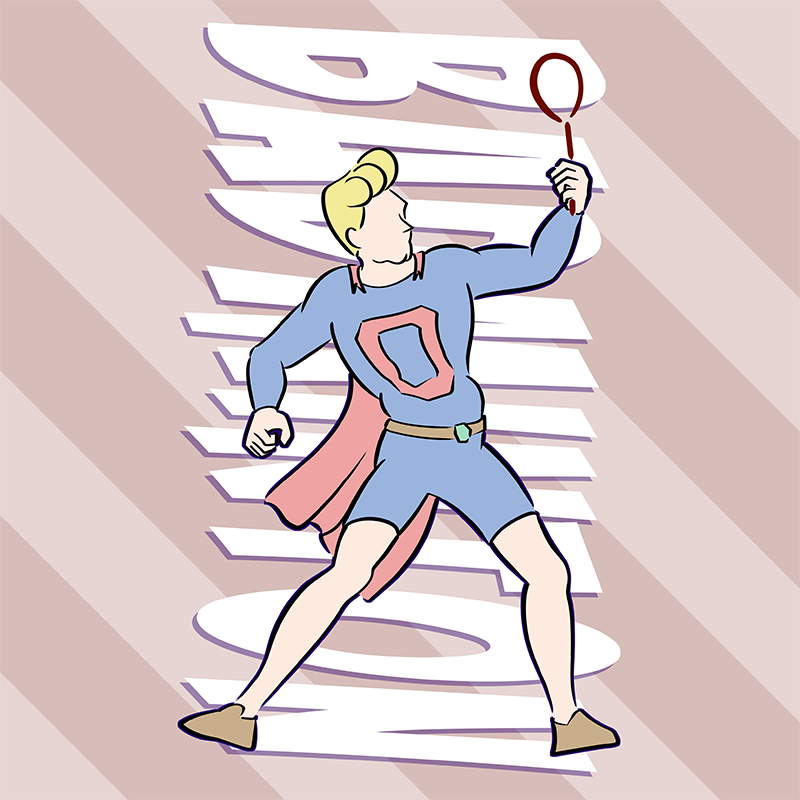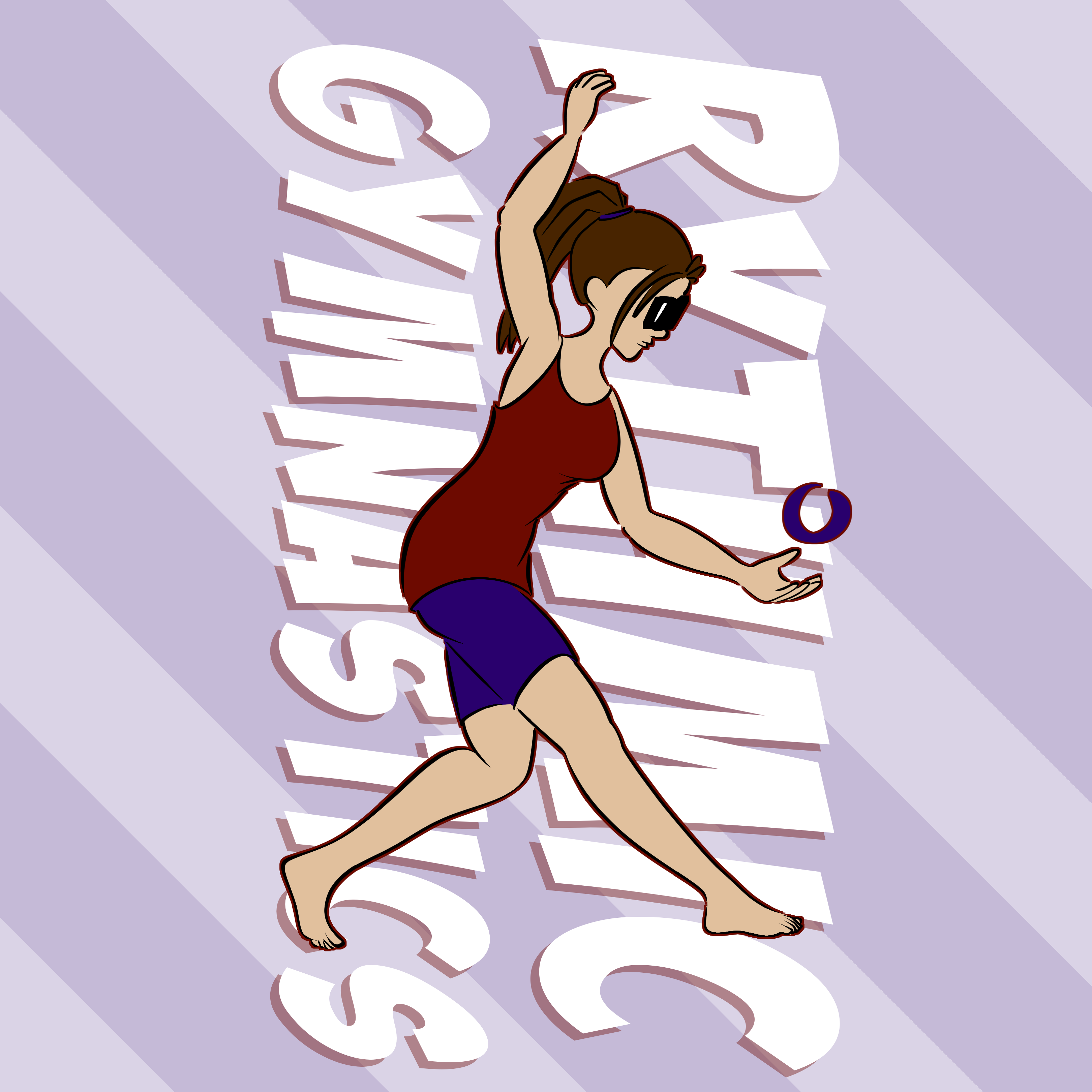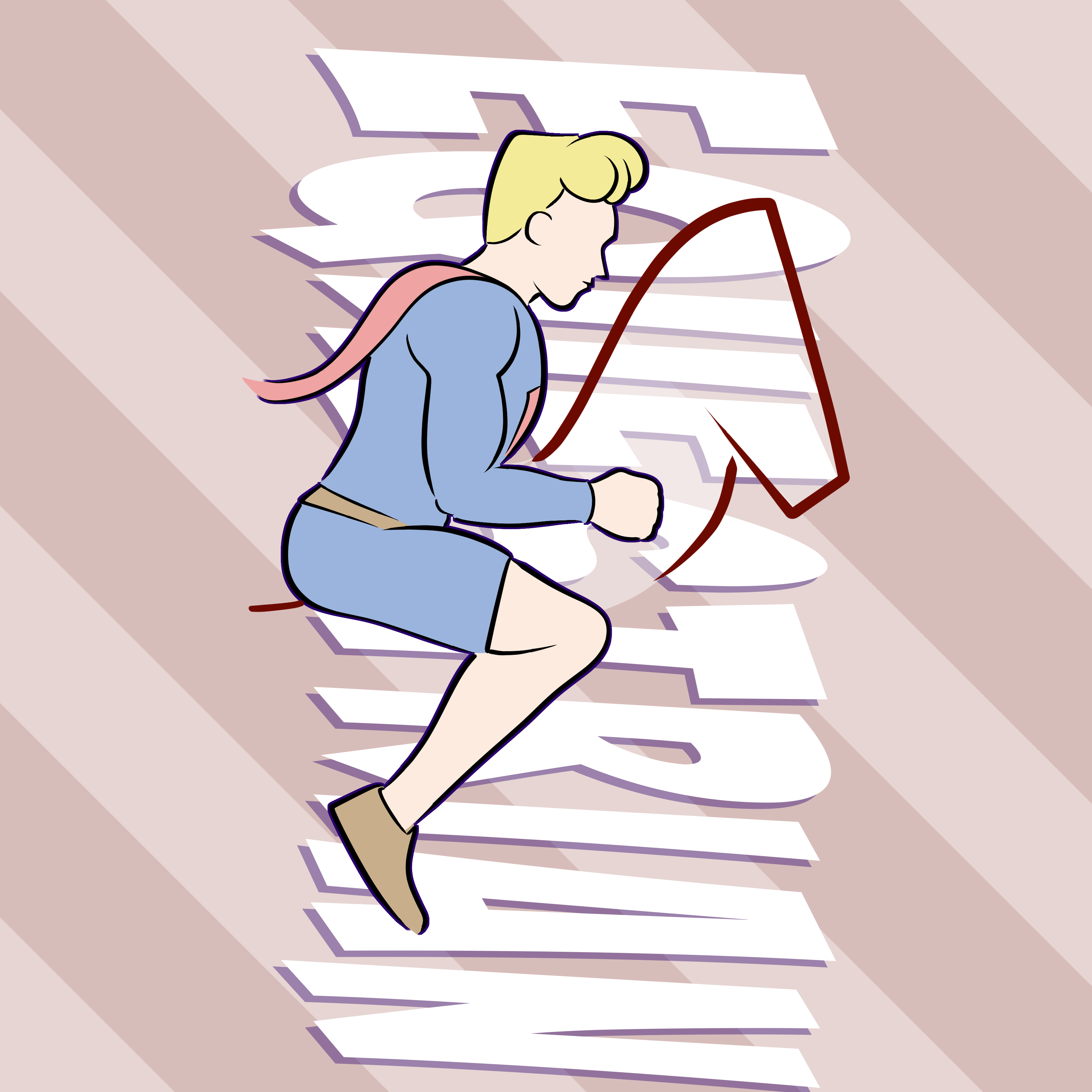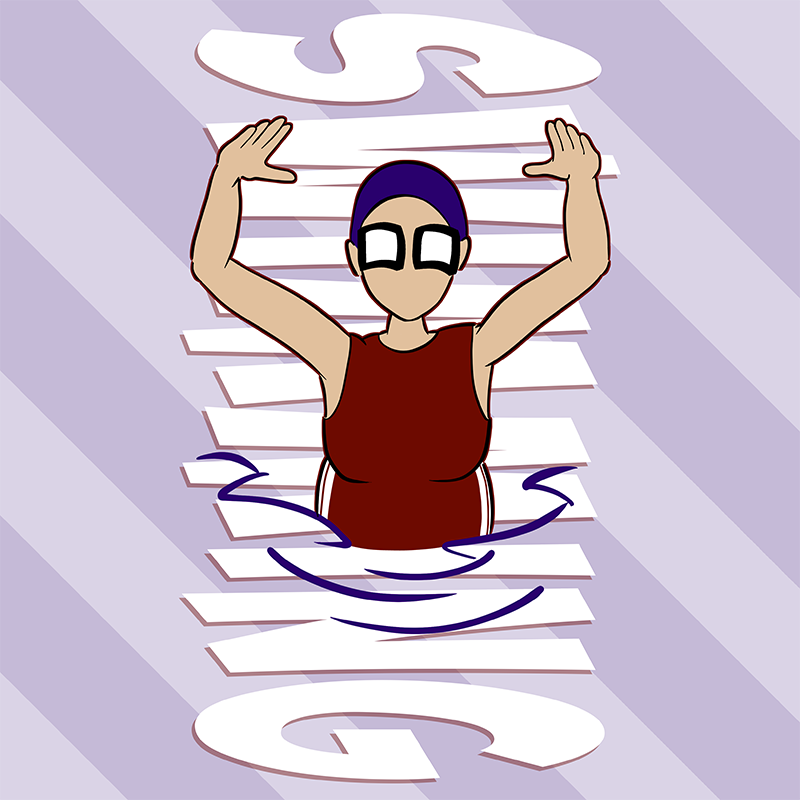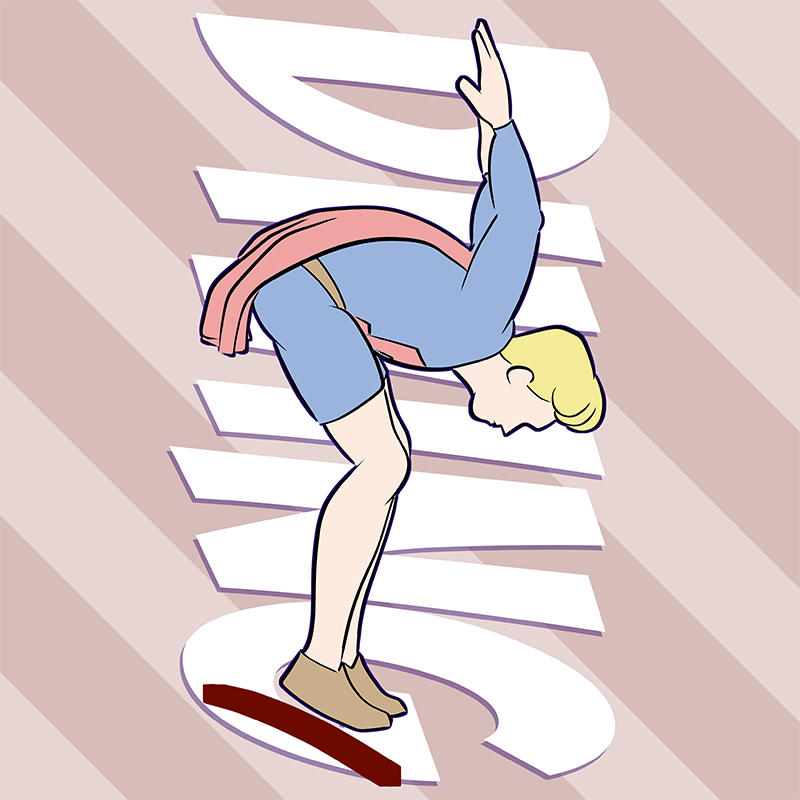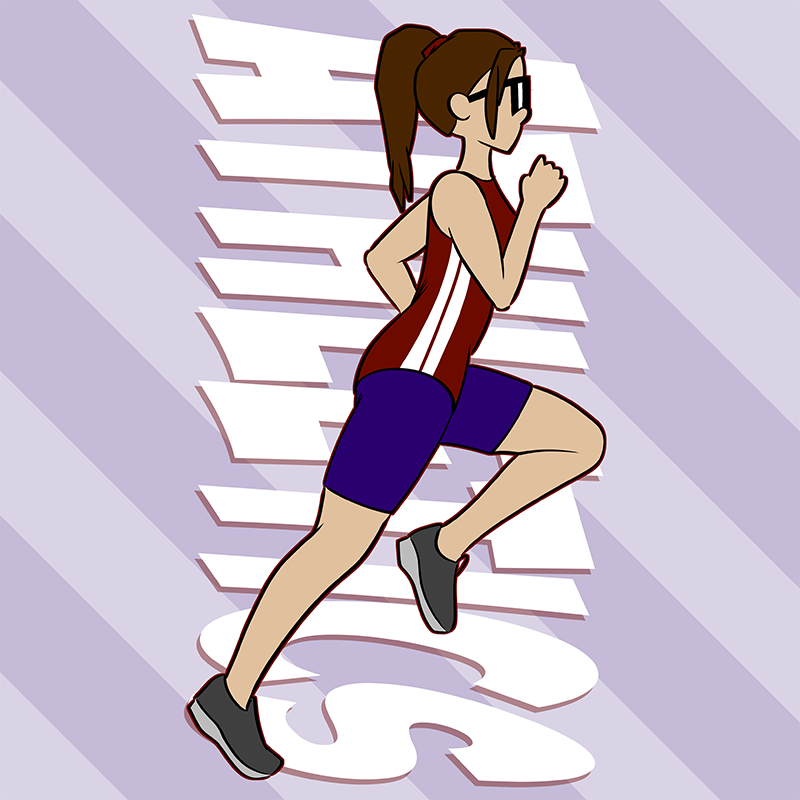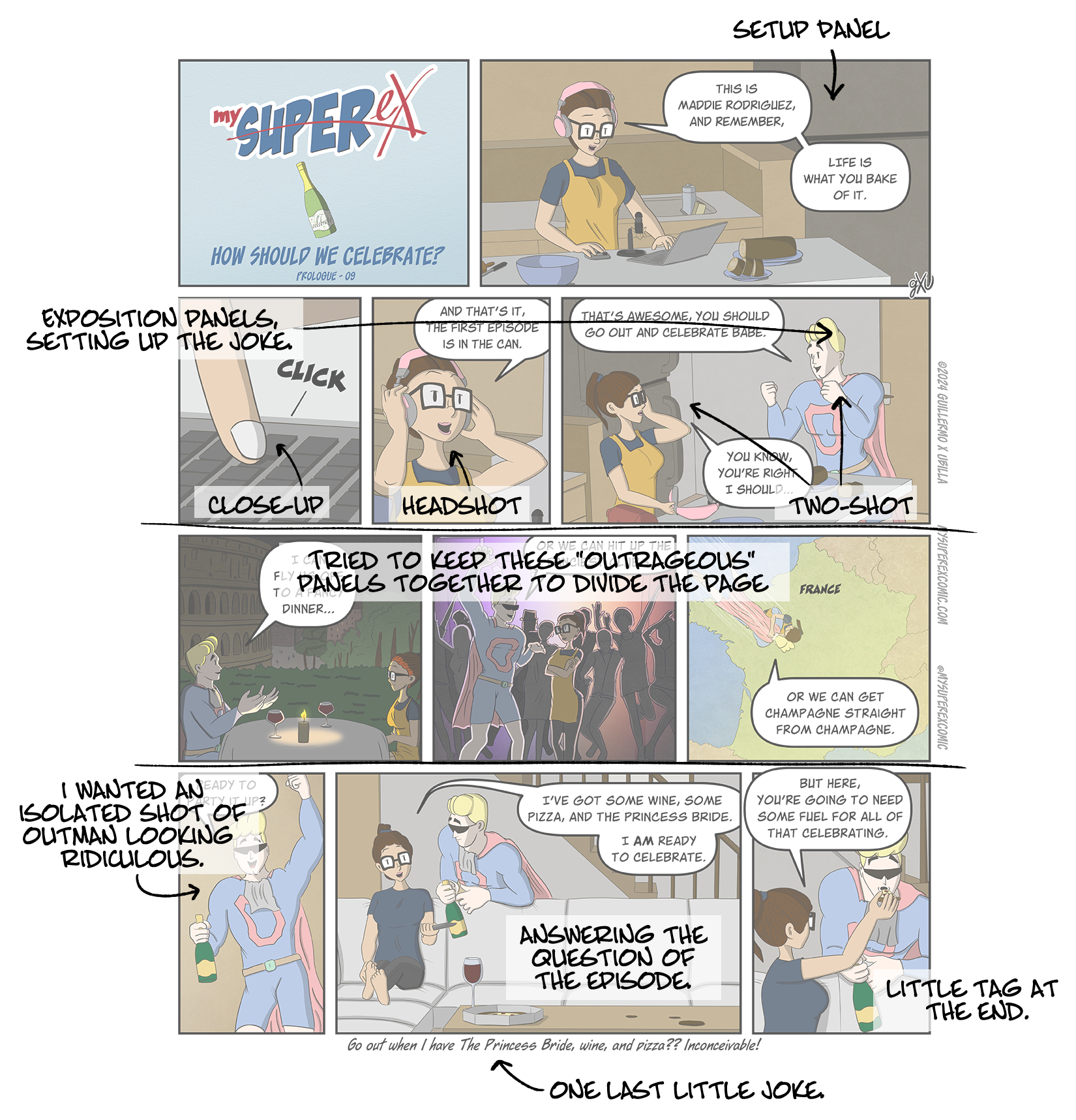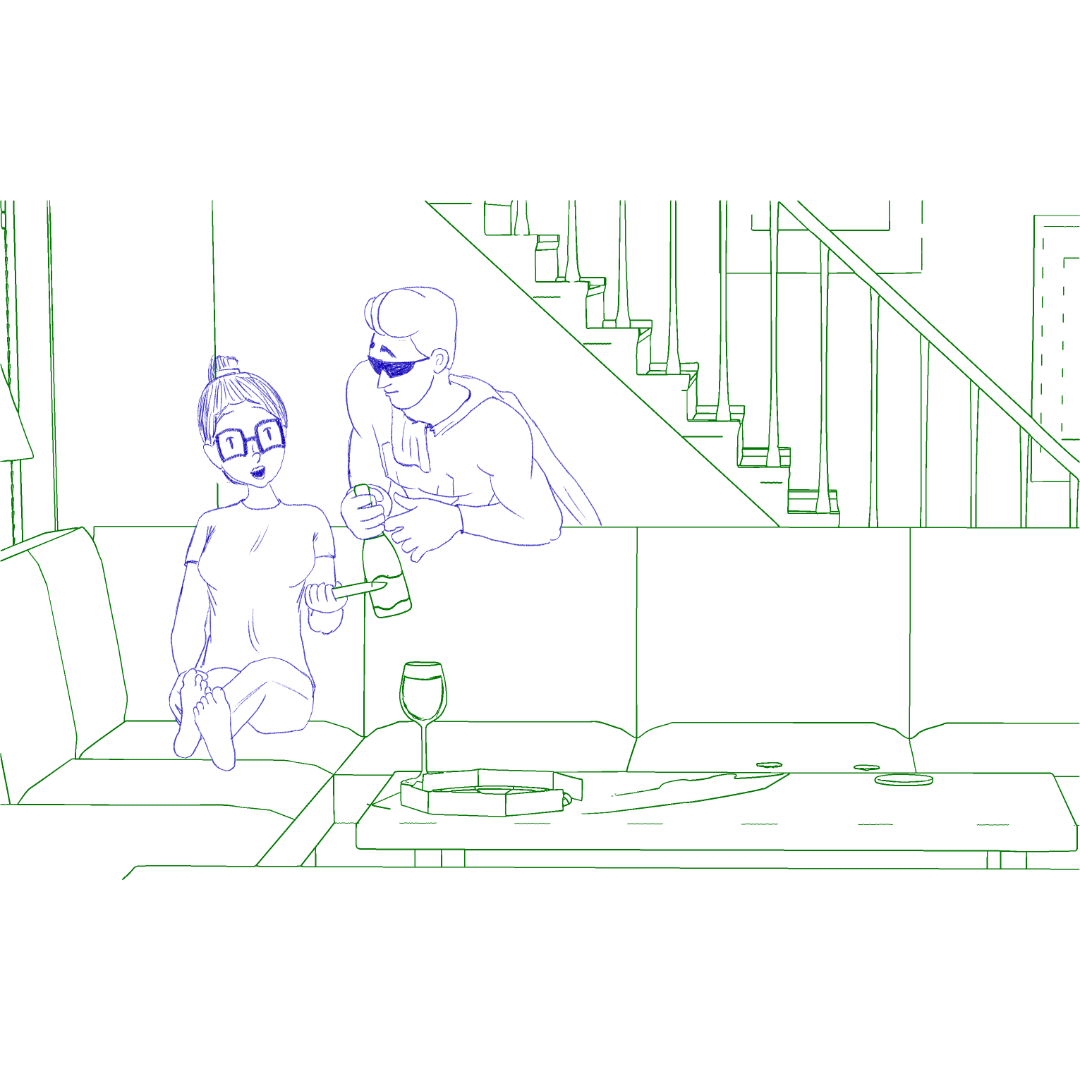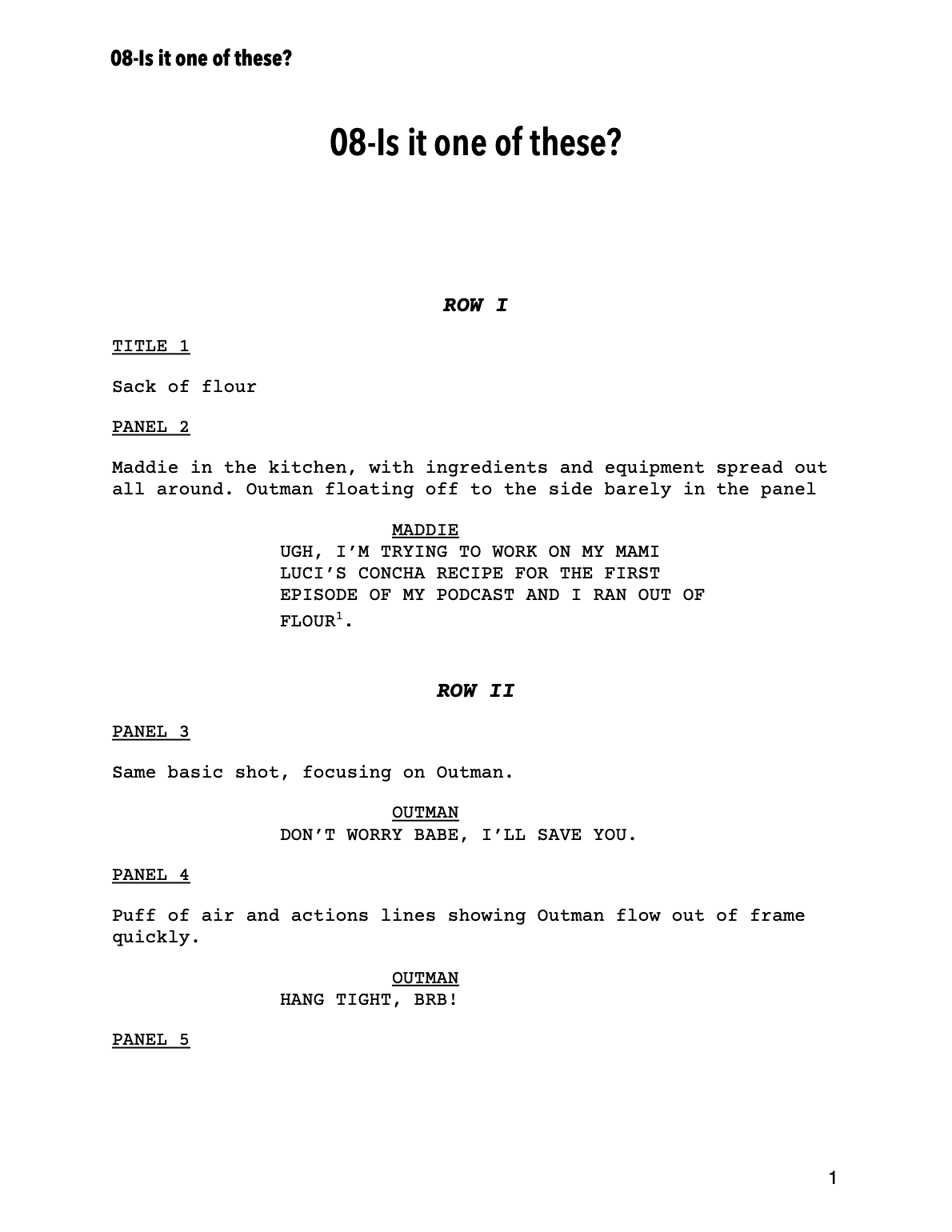Badminton in Paris 2024 is going to be epic! With 173 competitors from 49 nations battling it out, it’s a whole different game than the one you play at the summer BBQ. These athletes are lightning-fast and super-skilled. Get ready […]
Read More
Author: Guillermo X Ubilla
Olympics Rhythmic Gymnastics
Rhythmic Gymnastics: a women-only sport that has 4 different disciplines: ball, ribbon, hoop, and clubs.
Read More
Olympics Equestrian
Fun fact: The Equestrian event is the only Olympic sport in which men and women compete directly against each other.
Read More
Olympics Swimming
Olympics Diving
Yes, I do think Outman would go diving in with his cape on, and I don’t think he would know why you thought that would be strange.
Read More
Olympics Athletics
Here’s a fascinating track and field fact for this year’s Olympics: the Women’s Olympic marathon route will actually follow the historic path of the Women’s March from the French Revolution. How cool is that? From Olympics.com: “The historic event recognised […]
Read More
Olympics Opening
So, I’m a total Olympics nerd, and you can bet I’ll be glued to all the sports and spectacle in Paris for the next couple of weeks. I had this fun idea to shake things up a bit for this […]
Read More
Panel Layout Episode 09
Laying out a comic page that works in three different formats has its challenges. Today, I thought I’d walk you through my process for this week’s page. I keep a consistent title panel for the Prologue comics, which leaves me […]
Read More
WiP 09
From pencils to final image: here’s a look at one of my favorite panels from Episode 9! This one was a blast to put together, capturing how these two characters celebrate in their own unique ways. It was a fun […]
Read More
Script to Panel Episode 08
Working on my first comic solo has been a whirlwind of figuring out what’s a good use of time and what might be a waste. One big question I had was whether to write a full script for each episode. […]
Read More
